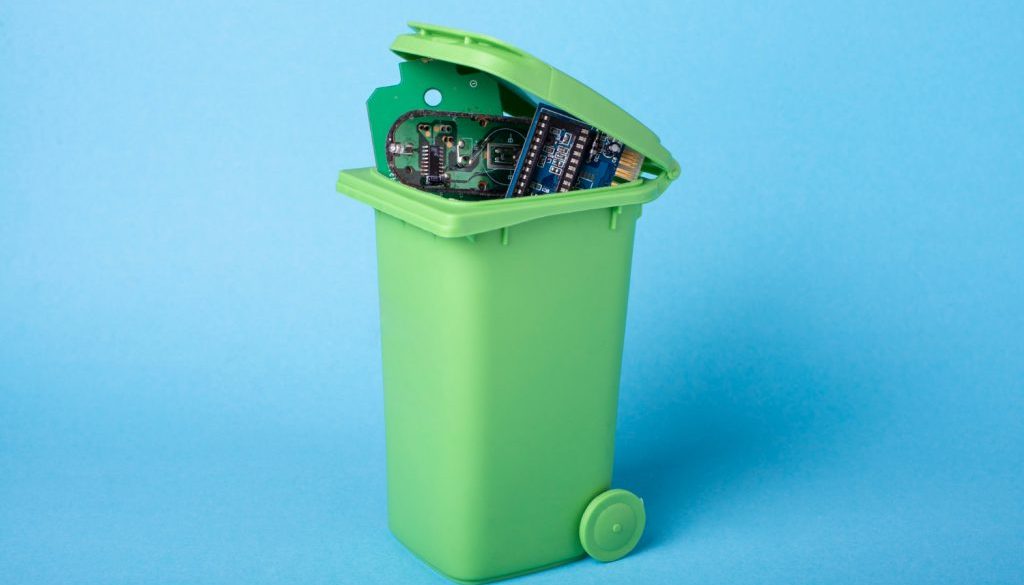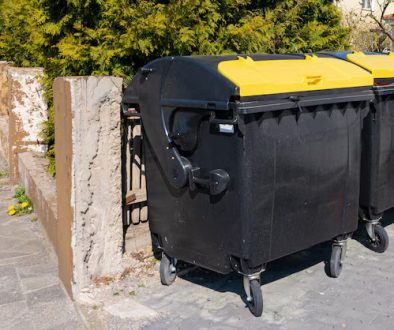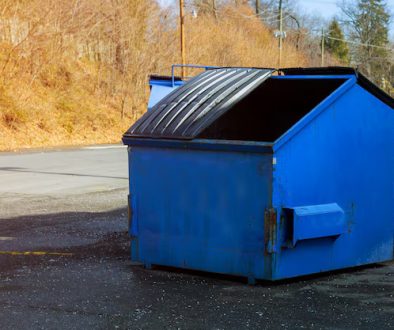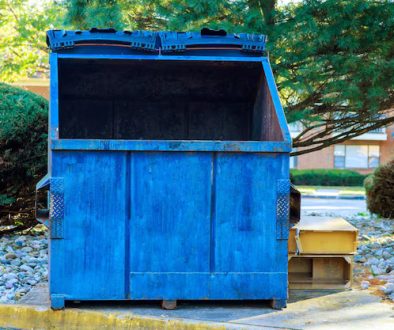Managing hazardous waste is a crucial responsibility for any household. Items like batteries, paint, and chemicals can cause serious environmental and health issues if not disposed of properly. Understanding how to identify, handle, store, and dispose of hazardous waste can significantly reduce risks and promote a cleaner, safer environment.
In this guide, we’ll explore the best practices for hazardous waste disposal. We’ll start by helping you identify hazardous items in your home, then move on to safe handling and storage techniques. We’ll also cover proper disposal steps and suggest alternatives to reduce hazardous waste generation.
Identifying Hazardous Waste in Your Home
Recognising hazardous waste in your home is the first step towards responsible disposal. Hazardous waste includes items that can be harmful to humans, animals, and the environment. Here’s a list of common household items that fall into this category:
1. Cleaning Products: Many household cleaners contain chemicals like ammonia and bleach, which can be dangerous if not handled properly.
2. Batteries: Regular and rechargeable batteries contain heavy metals and should never be thrown away with regular rubbish.
3. Paint and Solvents: Leftover paint, thinners, and solvents are flammable and contain harmful chemicals that need special disposal.
4. Pesticides and Fertilisers: These products contain toxins that can seep into the ground and water, causing environmental damage.
5. Electronics: Items like old computers, televisions, and mobile phones contain hazardous materials such as lead and mercury.
6. Motor Oil and Automotive Fluids: These substances are harmful to the environment and should be taken to designated disposal centres.
By identifying these hazardous items at home, you can take the necessary steps to handle them properly. Always check labels for warnings and disposal instructions, and consult local guidelines for hazardous waste collection points.
How to Handle and Store Hazardous Waste Safely
Handling and storing hazardous waste safely is crucial to prevent accidents and environmental harm. Here are some tips to ensure safe handling and storage:
1. Use Proper Containers: Store hazardous waste in its original packaging whenever possible. If the original container is damaged, use a leak-proof container that is clearly labelled with the contents.
2. Keep Away from Children and Pets: Ensure that hazardous waste is stored out of reach of children and pets. Consider using locked cabinets or shelves.
3. Avoid Mixing Chemicals: Never mix different types of hazardous waste. Mixing can cause dangerous chemical reactions, including fires or explosions.
4. Store in a Cool, Dry Place: Keep hazardous waste in a cool, dry area away from heat sources and direct sunlight. Heat can accelerate chemical reactions and increase the risk of accidents.
5. Label Everything Clearly: Clearly label all containers with the contents and any hazard warnings. This ensures everyone in the household knows what’s inside and how to handle it safely.
6. Regularly Check Containers: Inspect containers regularly for leaks or damage. Replace any damaged containers immediately to prevent spillage.
Safe handling and storage of hazardous waste protect both your household and the environment. By following these guidelines, you can minimise risks and ensure hazardous materials are dealt with appropriately.
Steps for Proper Disposal of Hazardous Waste
Proper disposal of hazardous waste is essential to avoid health risks and environmental damage. Here are some steps to ensure safe and effective disposal:
1. Use Local Collection Services: Many communities offer hazardous waste collection days or drop-off sites. Find out the schedule and location of these events and plan to dispose of your waste accordingly.
2. Follow Local Guidelines: Each area has specific rules for hazardous waste disposal. Always adhere to these guidelines to ensure that waste is handled and processed properly.
3. Use Designated Disposal Centres: Take hazardous waste to designated disposal centres that specialise in handling such materials. These centres are equipped to manage waste safely and ensure that it is treated or recycled properly.
4. Never Dispose of Hazardous Waste in Regular Rubbish Bins: Placing hazardous waste in regular rubbish bins can lead to contamination and pose significant risks to sanitation workers. Always use the proper disposal methods.
5. Use Approved Recycling Programmes: Some hazardous materials, like batteries and electronics, can be recycled through specific programmes. Participate in these programmes to ensure that these items are processed safely and sustainably.
6. Consult Professionals For Large Quantities: If you have a large amount of hazardous waste, consider consulting professionals who specialise in waste disposal services. They can provide guidance and ensure that your waste is managed correctly.
By following these steps, you can ensure hazardous waste is disposed of responsibly, reducing potential harm to both humans and the environment.
Alternatives to Reduce Hazardous Waste Generation
Reducing the amount of hazardous waste people generate can have a significant positive impact on the environment. Here are some alternatives to consider:
1. Choose Eco-Friendly Products: Opt for products that are biodegradable or eco-friendly. Many cleaning products are available in non-toxic formulations that are safe for both your home and the environment.
2. Buy in Smaller Quantities: Purchase only the amount of hazardous materials you need. Buying in bulk can lead to excess waste that might not be used before it becomes a disposal problem.
3. Use Natural Alternatives: For household cleaning, consider natural alternatives like vinegar, baking soda, and lemon juice. These substances can often replace harsher chemicals for everyday cleaning tasks.
4. Proper Maintenance: Regular maintenance of items like electronics and vehicles can extend their lifespan, reducing the need for disposal. Proper care ensures that they stay in good working condition longer.
5. Reuse and Repurpose: Look for ways to reuse or repurpose items rather than dispose of them. For instance, old paint can sometimes be mixed and used for less critical projects.
6. Educate Household Members: Make sure everyone in your household understands the importance of reducing hazardous waste. Encourage eco-friendly habits and make it a shared responsibility.
By adopting these alternatives, you can reduce your reliance on hazardous materials and minimise the amount of hazardous waste you need to dispose of. This not only keeps the environment safer but also fosters a more sustainable lifestyle.
Conclusion
Proper hazardous waste disposal is crucial for protecting the environment and ensuring your safety. By identifying hazardous waste in your home, handling and storing it safely, and following correct disposal steps, you can significantly reduce risks. Additionally, exploring alternatives to minimise hazardous waste generation helps in creating a more sustainable future.
For tailored hazardous waste disposal solutions and reliable skip hire in Knutsford, Enviro Skip Hire has got you covered. Our expert team is committed to helping you manage your waste efficiently and safely. Get in touch with us today to learn more about how we can assist with your waste management needs.




